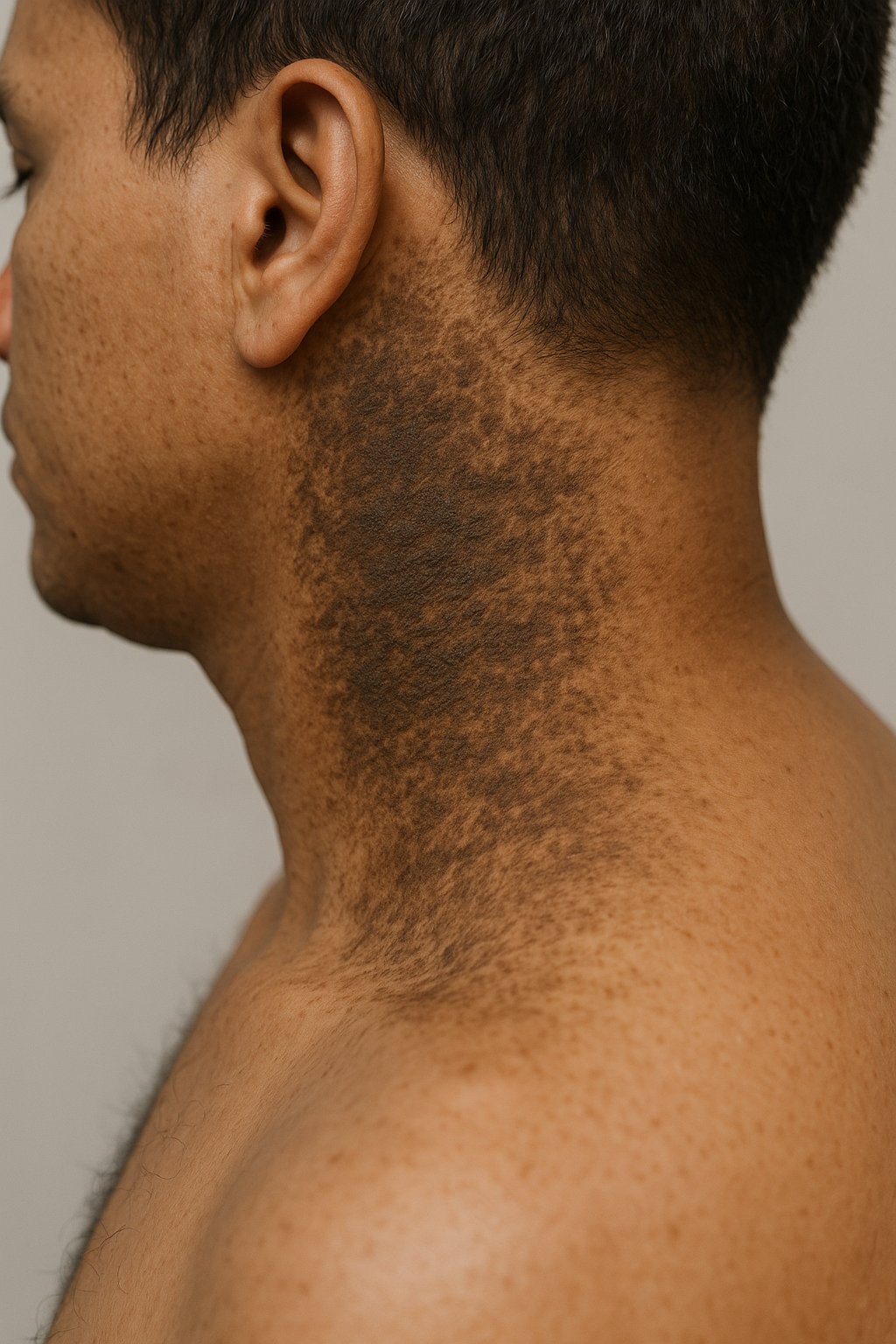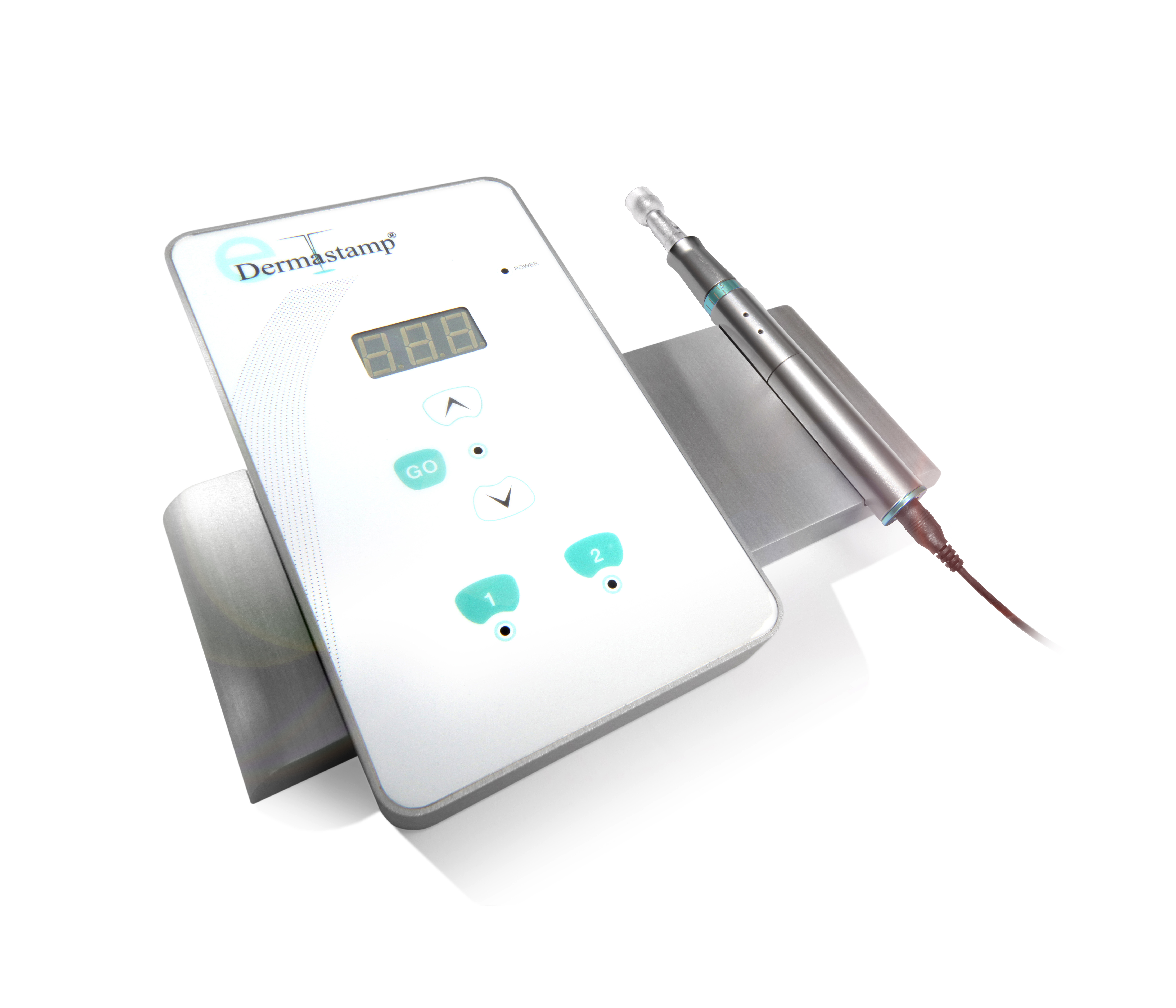Hand dermatitis
Hand dermatitis, also known as hand eczema, refers to a common group of acute and chronic eczematous disorders that affect hands, especially the dorsal and palmar sites.
Hand dermatitis is very common among all groups and can occur at any age. It is most prevalent among young women. Moreover, 20-35% of all dermatitis cases account for the hand dermatitis.
The chronic hand dermatitis usually affects 10-15% of the entire population. It is very common in individuals who are part of healthcare, housework, catering, cleaning, painting, and mechanical work industries. It is mainly due to being in frequent contact with irritants as well as with contact allergens.
Hand dermatitis appears as a combination of few causes, such as genetic factors, immune reactions (contact allergic dermatitis), and/or injury.
The irritants that can trigger hand dermatitis are detergents, solvents, water, acids, cold, heat, and friction. The loss of water and inflammation can lead to further damage of skin’s barrier function,
As previously mentioned, hand dermatitis affects the dorsal and palmar areas of hands. It can be very itchy, cause burning and painful sensations. It can appear in acute, relapsing, and chronic phases.
The acute hand dermatitis has the following clinical features: red macules, plaques, and papules as well as blistering, swelling, and/or fissuring.
The chronic hand dermatitis has a clinical features of lichenification (skin thickening), dryness, and scaling.
Hand dermatitis is diagnosed clinically. The following factors are taken into account: whether the course is acute, relapsing, or chronic; the presence of any skin disease in the past; and occurrence of dermatitis on other body sites.
Patients diagnosed with hand dermatitis are advised to minimize exposure and contact with irritants, even water. It is better to use a non-soap cleanser during handwashing and completely dry hands at the end.
Protective gloves should be worn if needed. Vinyl gloves are considered to be a better and safer option in comparison with rubber gloves because they do not really cause any allergic reactions. It is important to remember to keep gloves clean and not wear them if holes are present. It is not recommended to wear gloves for a long period of time. Sweating under gloves triggers dermatitis.
Topical steroids can reduce inflammation caused by hand dermatitis. The potent steroid is usually applied on backsides of hand(s), while the ultrapotent topical steroid should be applied on palms. The cream formulation is usually recommended for individuals with the vesicular hand dermatitis, while the ointment is used for chronic dermatitis.
There is some evidence that calcineurin inhibitors, such as pimecrolimus, tacrolimus and crisaborole, have shown success in maintaining hand eczema and can also be used as a steroid-sparing agent.
If secondary bacterial infection occurs, it should be treated with a prescribed oral antibiotic, such as flucloxacillin.
The severe and acute flares of hand dermatitis have to be treated for 2-4 weeks with a systemic steroid like prednisone.
Chronic and intractable hand dermatitis can be treated with a variety of second-line agents like methotrexate, azathioprine, phototherapy, or alitretinoin.
The contact irritant hand dermatitis can be prevented if one follows protective measures and receives active treatment. It is also very important to educate individuals with atopic dermatitis (eczema) about the possibility of having hand dermatitis when entering a particular occupation.
With careful management, hand dermatitis can be recovered. Taking a few days off work can be helpful. If occupational dermatitis is severe, a patient may need a few weeks or months off work. Occasionally, a change in the occupation can be necessary.
4 Comments
Comments are closed.
Related Posts




This is a great article!
Thank you for you post. Really thank you! Keep writing.
Interesting stuff to read! Good job!
Best medical blog ever! Every post is very well-written and informative!